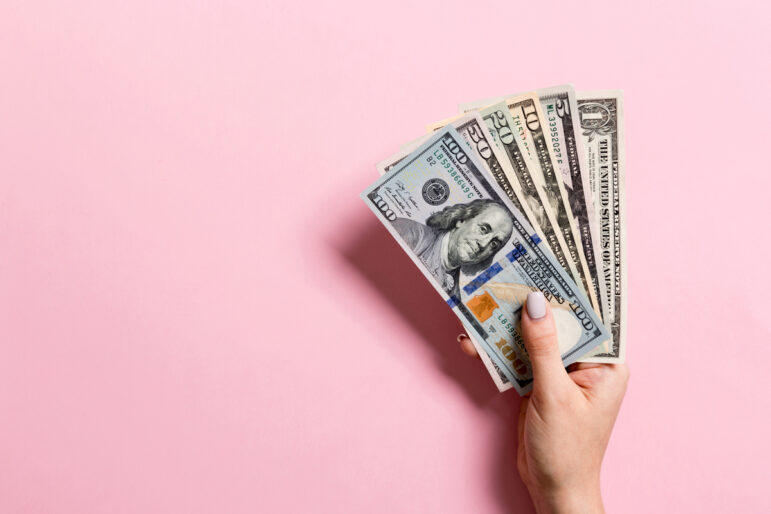The “pink tax” is the concept that women’s products and services tend to be priced higher than men’s, a type of gender-based price discrimination. Items that are used by most people like shampoo and deodorant seemingly have markups when marketed to women (although it’s unclear whether the “pink tax” is a systemic problem for consumer goods).
Women also face a long-documented “tampon tax” in the form of sales tax on menstrual products, which results in period poverty for many low-income Americans. Advocacy around this issue has resulted in positive policy changes; more than 15 states have exempted menstrual products from sales tax; the CARES Act of 2020 expanded the list of qualified medical expenses to include menstrual care products; and in May, Congresswoman Grace Meng reintroduced a bill to combat period poverty.
Is there a “pink tax” in healthcare as well? A recent report by Deloitte* finds that women have 18% higher annual out-of-pocket costs on average compared to men. Notably, this estimate excludes pregnancy-related costs, which are typically credited for increased healthcare costs for women.
What explains this difference?
In general, women have more contact with the healthcare system. Women live longer than men and tend to seek out and receive healthcare at higher rates, which is a major contributor to their healthcare costs. Radiology, laboratory work, mental health, emergency room, office visits, physical/occupational therapy, and chiropractic care are all sought out at higher rates by women than men, according to the Deloitte report. The report also found that women tend to surpass their deductible from these encounters, leading to both a lower value in care for each premium dollar spent as well as higher out-of-pocket costs.
Specific checkups like gynecological exams or breast cancer screening do tend to be more expensive than other types of check-ups, though. We’ve written about the benefits and harms of early, widespread breast cancer screening before; this report comes to similar conclusions, advocating for more specific guidelines on who and when to screen.
While increased utilization of healthcare services is certainly not the only factor, it is a contributing one. Part of the problem may not actually be that we’re charging women too much, but that men aren’t receiving the healthcare they need.
So, is the “pink tax” a problem in healthcare? Maybe. But maybe it’s just a symptom of other dysfunctions like the imbalance between underuse and overuse or general price gouging.
*Due to the sex and gender data that was available, this report was constricted to the binary of men and women and does not represent gender-diverse people. For consistency, this blog follows those constraints.
